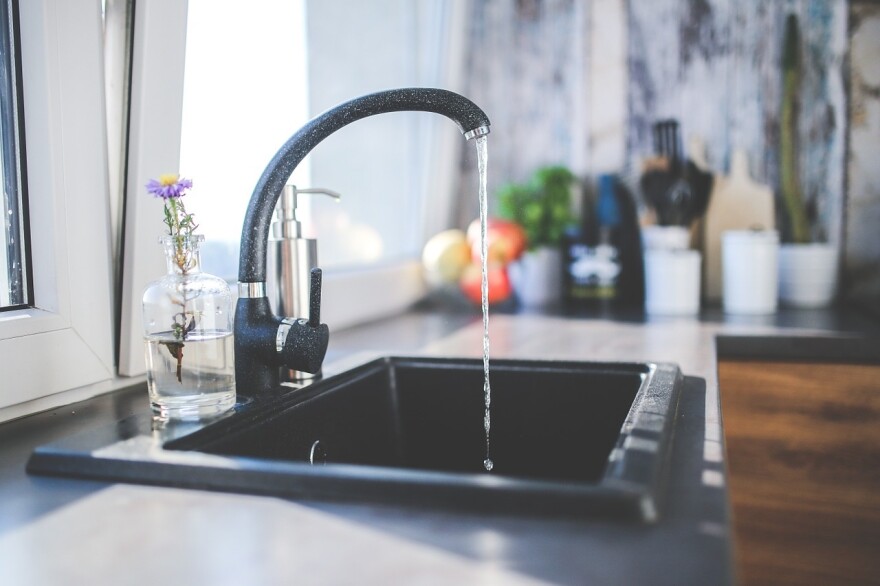The New York State Center for Clean Water Technology plans to upgrade aging septic systems on Long Island with new nitrogen removing biofilters, or NRBs, that remove harmful contaminants at a higher rate.
Dr. Chris Gobler is the center’s director.
“If you attach an NRB to the end of that wastewater, we're reducing it by more than 60% and most importantly, in all cases, the effluent of our NRBs is less than one microgram per liter. That is the New York State drinking water standard. So the water is coming in above the standard, it's going through the NRB, and it's coming out below the standard,” Gobler said.
The goal of the pilot program is to remove from drinking water high levels of nitrogen and 1,4 dioxane, a chemical that comes from common household products and has been found in drinking water across Long Island.
Dr. Arjun Venkatesa with the center said the goal is to remove from drinking water excess nitrogen and 1,4-dioxane.
“1,4 dioxane is a very persistent chemical. It does not easily degrade in the environment. As a result, conventional water and wastewater treatment processes do not remove 1,4 dioxane from contaminated water,” Venkatesa said.
Venkatesa said Long Island has the highest concentration of 1,4 dioxane in the country at levels 100 times higher than standards set by the U.S. Environmental Protection Agency.
A full ban on 1,4-dioxane in household products in New York goes into effect in December 2024. Until then, the biofilters are on track for approval for general use in 2022.

